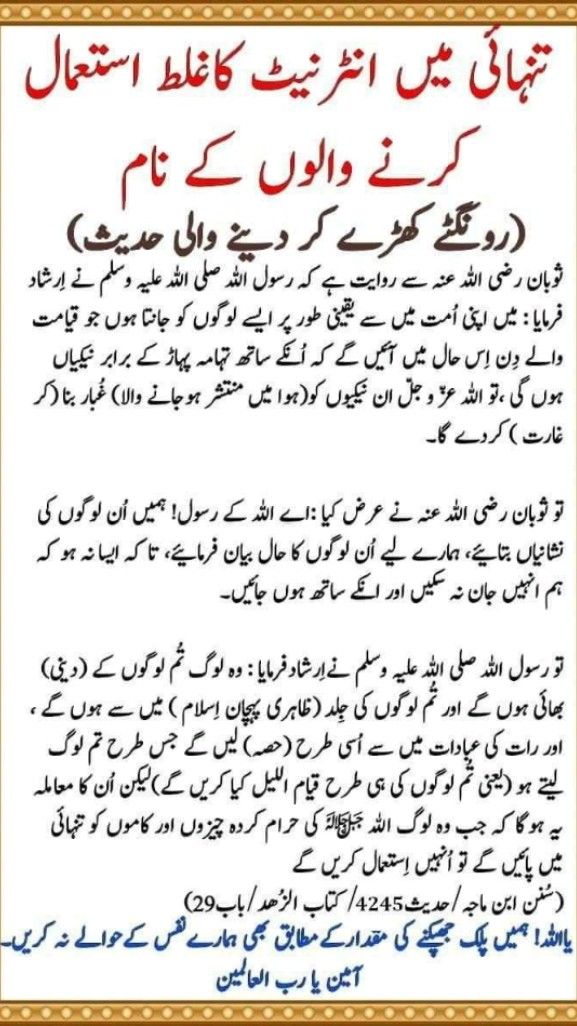Shifting internet demographics: Women have caught up to men online. Younger women and black women outpace their male peers. Older women lag dramatically.
The internet was dominated by men in its early days, but by 2000 and continuing on to today, the user population has been evenly divided between men and women. Further, the proportion of women online is nearly equal to that of men.
A review of the findings of the Pew Internet & American Life surveys between March 2000 and September 2005 highlights some particularly interesting trends and correlations:
Young women are more likely to be online than young men. And black women have surged online in the last three years.Pew Internet Project surveys between January and June in 2005 show that 67% of the adult American population goes online,
including 68% of men and 66% of women. But women slightly outnumber men in the internet population because they make up a greater share of the overall U.S. population.
- Younger women are more likely than younger men to be online; older men are more likely than older women to be online: 86% of women ages 18-29 are online, compared with 80% of men that age. On the other hand, 34% of men 65 and older use the internet, compared with 21% of women that age.
- Black women are more likely than are black men to be online: 60% of black women are internet users compared with 50% of black men.


- Unmarried men are more likely than unmarried women to be internet users. 62% of unmarried men compared with 56% of unmarried women go online. Married women are slightly more likely than married men to be online. 75% of married women and 72% of married men go online.
- Men without children under age 18 are more likely than women without children under age 18 to be online. Some 61% of childless men compared with 57% of childless women go online. Men and women with minor children are equally likely to be online. Some 81% of men with children and 80% of women with children go online.